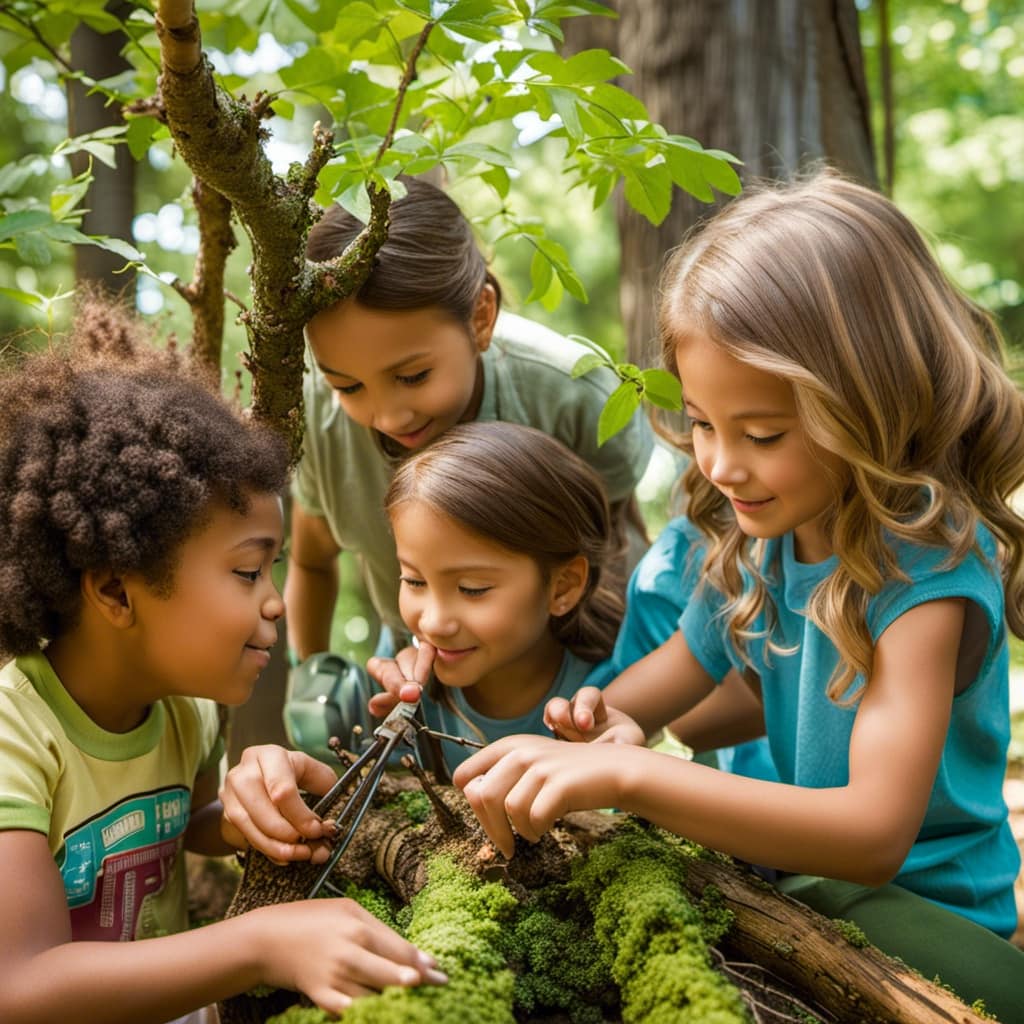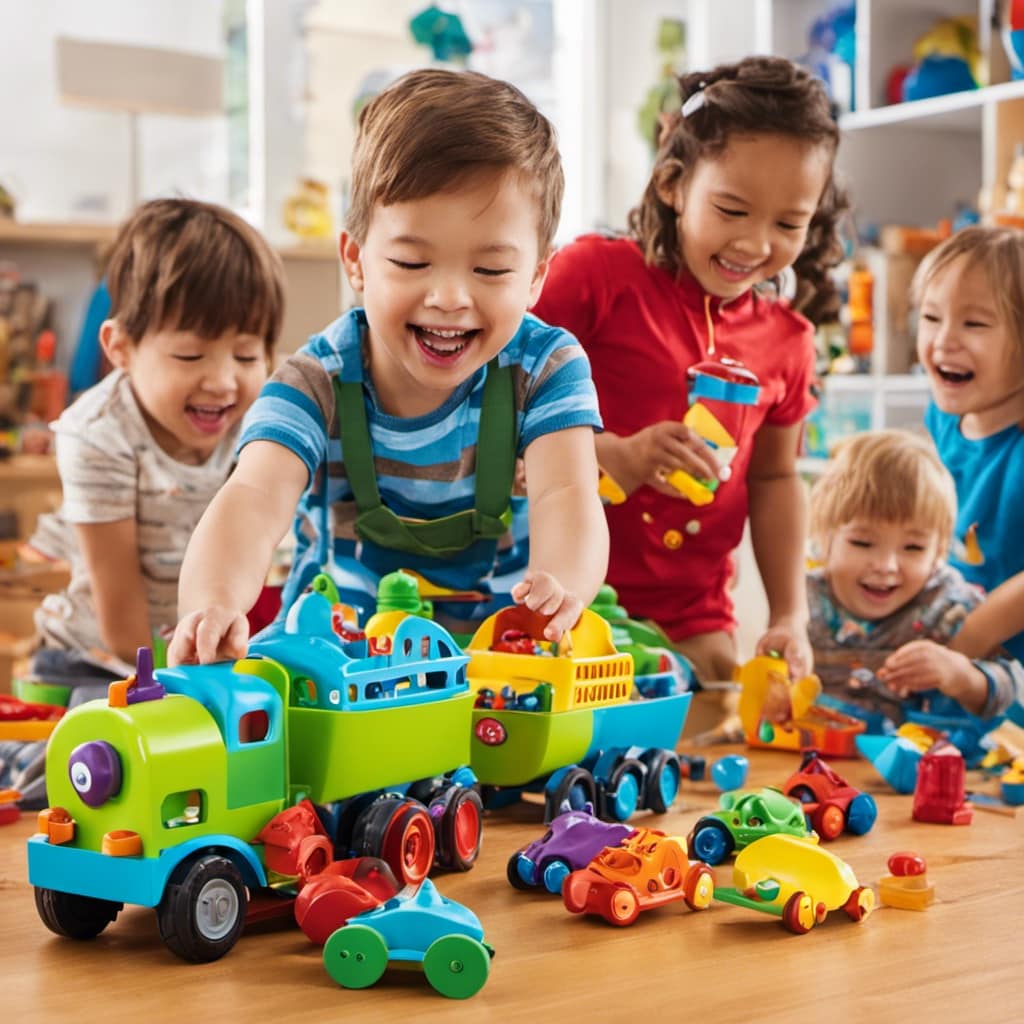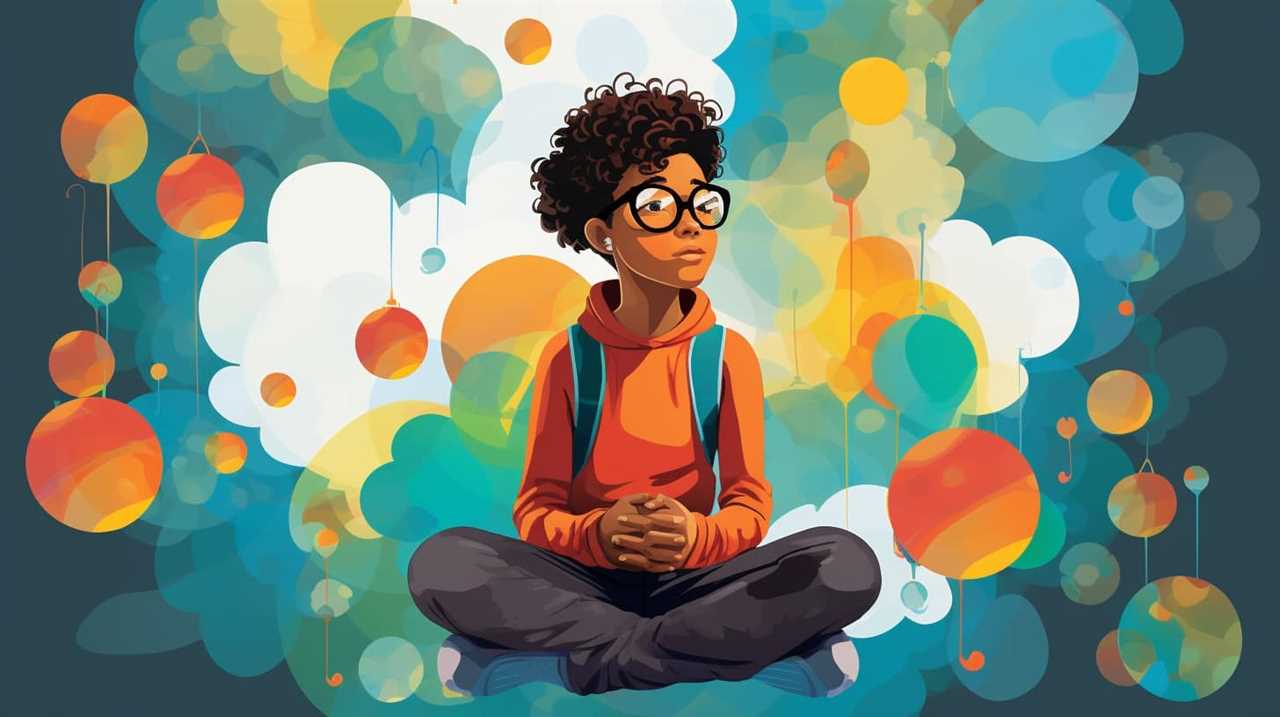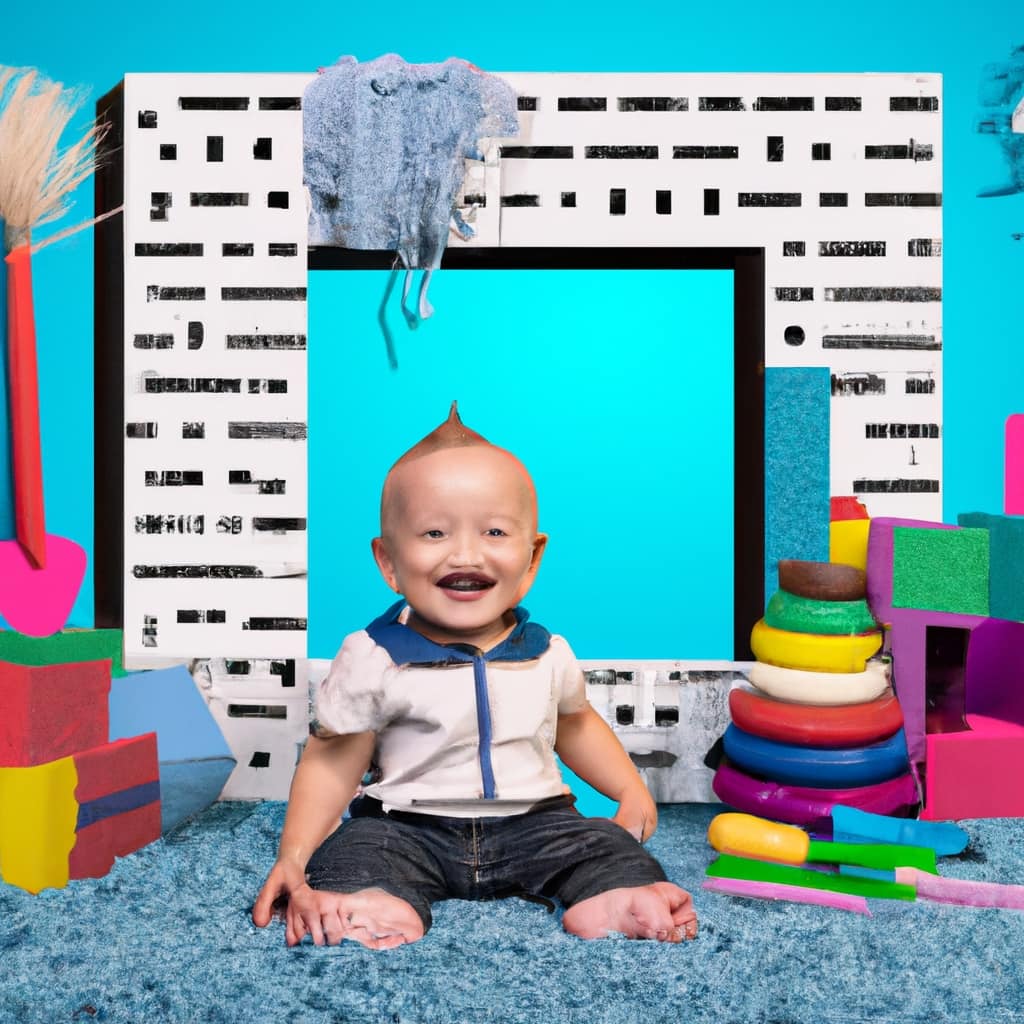As a parent, I recognize the significance of choosing toys for preschoolers that are both safe and educational. With so many options available, it can be overwhelming to make the best decision.
But fear not! In this article, I will guide you through the considerations and provide evidence-based information to help you make an informed decision. From age-appropriateness to safety standards, I’ve got you covered.
So let’s dive in and discover the best toys that will not only entertain but also foster your child’s development.
Key Takeaways
- Consider the child’s age and developmental stage when selecting toys.
- Ensure toys comply with safety standards and opt for non-toxic materials.
- Choose toys made from sturdy materials with no sharp edges or loose parts.
- Look for toys that encourage problem-solving, creativity, and critical thinking.
Considerations for Age and Developmental Stage
I should consider the child’s age and developmental stage when selecting toys for preschoolers.
It is crucial to choose toys that align with their cognitive development and promote the development of fine motor skills.
Preschoolers are at a stage where they are developing their problem-solving abilities and hand-eye coordination. Therefore, selecting toys that encourage these skills is essential.

Look for toys such as building blocks, puzzles, and shape sorters that require the child to manipulate objects and use their fingers and hands. These types of toys not only enhance their fine motor skills but also stimulate their cognitive development.
Additionally, consider toys that promote imaginative play, as it fosters creativity and critical thinking in preschoolers.
Safety Standards and Hazards
Ensure that toys comply with safety standards and opt for those made from non-toxic materials to minimize the risk of hazards. When choosing toys for preschoolers, it is important to prioritize their safety. Toy recalls and potential hazards can pose serious risks to children.
Here are some key points to consider:
- Stay informed about toy recalls to ensure the toys you choose are not on the list.
- Be aware of potential hazards such as small parts that can be a choking hazard.
- Look for age-appropriate toys that have been tested and certified by reputable organizations.
- Choose toys that meet the safety guidelines set by the U.S. Consumer Product Safety Commission.
Third-Party Testing and Certifications
When selecting toys for my child, I prioritize those that have been tested and certified by reputable organizations. The third-party testing process and certifications play a crucial role in ensuring the safety and quality of toys.
These certifications are obtained after thorough testing to meet specific safety standards. They provide assurance that the toys do not pose any hazards or risks to children. Certifications from organizations like the U.S. Consumer Product Safety Commission (CPSC) and the American Society for Testing and Materials (ASTM) indicate that the toys have undergone rigorous testing and comply with stringent safety guidelines.
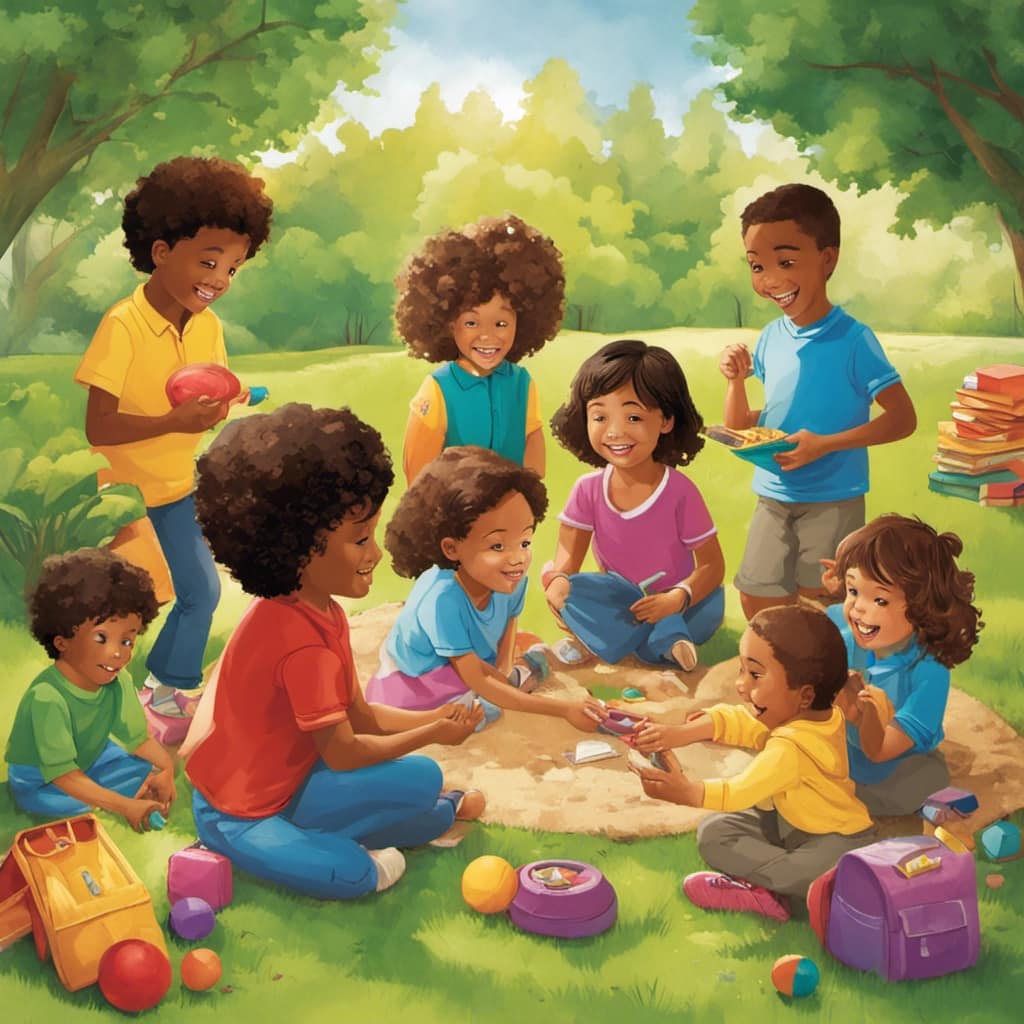
These certifications are important as they give parents peace of mind knowing that the toys they choose for their children have been thoroughly evaluated and meet the necessary safety requirements.
Recommendations and Reviews
After researching and reading reviews from trusted sources, I discovered some highly recommended toys for preschoolers that promote creativity and problem-solving skills. These toys are not only fun but also have educational benefits.
Here are some recommendations from experts in the field:
-
Magna-Tiles: These magnetic building tiles allow children to explore and create their own structures, promoting spatial awareness and problem-solving skills.
-
Play-Doh: This classic modeling compound encourages imaginative play and fine motor skills as children shape and mold different creations.
-
LEGO DUPLO: These larger-sized LEGO bricks are perfect for little hands and help develop fine motor skills, creativity, and spatial reasoning.
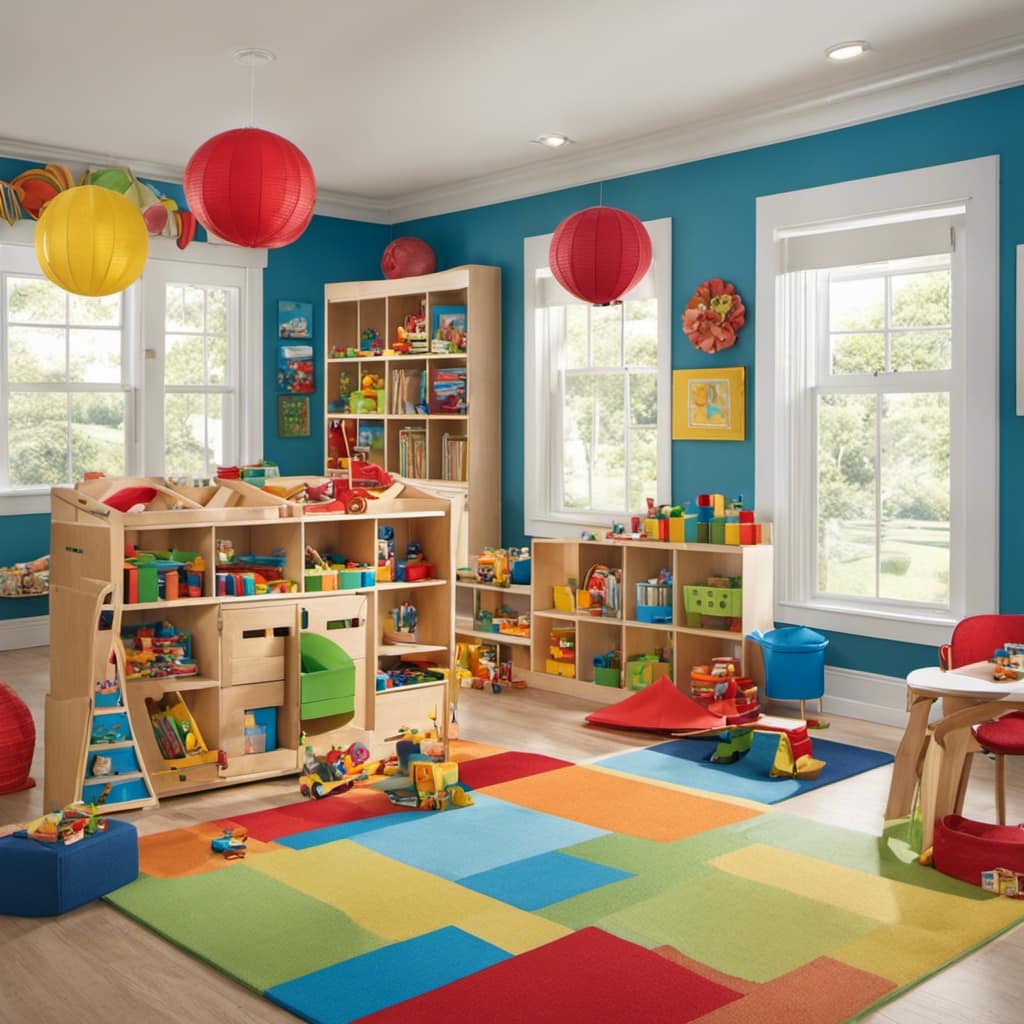
-
Wooden blocks: Simple yet versatile, wooden blocks allow children to build, stack, and problem-solve, fostering creativity and critical thinking.
These toys provide open-ended play opportunities, allowing children to use their imagination and explore different possibilities. By engaging in such play, preschoolers can enhance their creativity, problem-solving abilities, and cognitive development.
Non-Toxic Materials and Compliance With Safety Standards
I always check for toys made from non-toxic materials and that comply with safety standards to ensure the well-being of my child.
When it comes to child safety, it’s important to choose toys that have been tested by third-party organizations and certified by reputable sources. Look for toys that carry certifications from organizations like the U.S. Consumer Product Safety Commission. These certifications ensure that the toys meet specific safety guidelines and have undergone rigorous testing.
By opting for toys made from non-toxic materials, you can minimize the risk of exposing your child to harmful substances. It’s also crucial to be aware of small parts and choking hazards, so always choose age-appropriate toys.
Choking Hazards and Age-Appropriate Toys
When it comes to choosing safe and educational toys for preschoolers, it’s crucial to consider potential choking hazards and ensure compliance with toy safety regulations. Choking incidents can be a serious risk for young children, so selecting age-appropriate toys is essential.
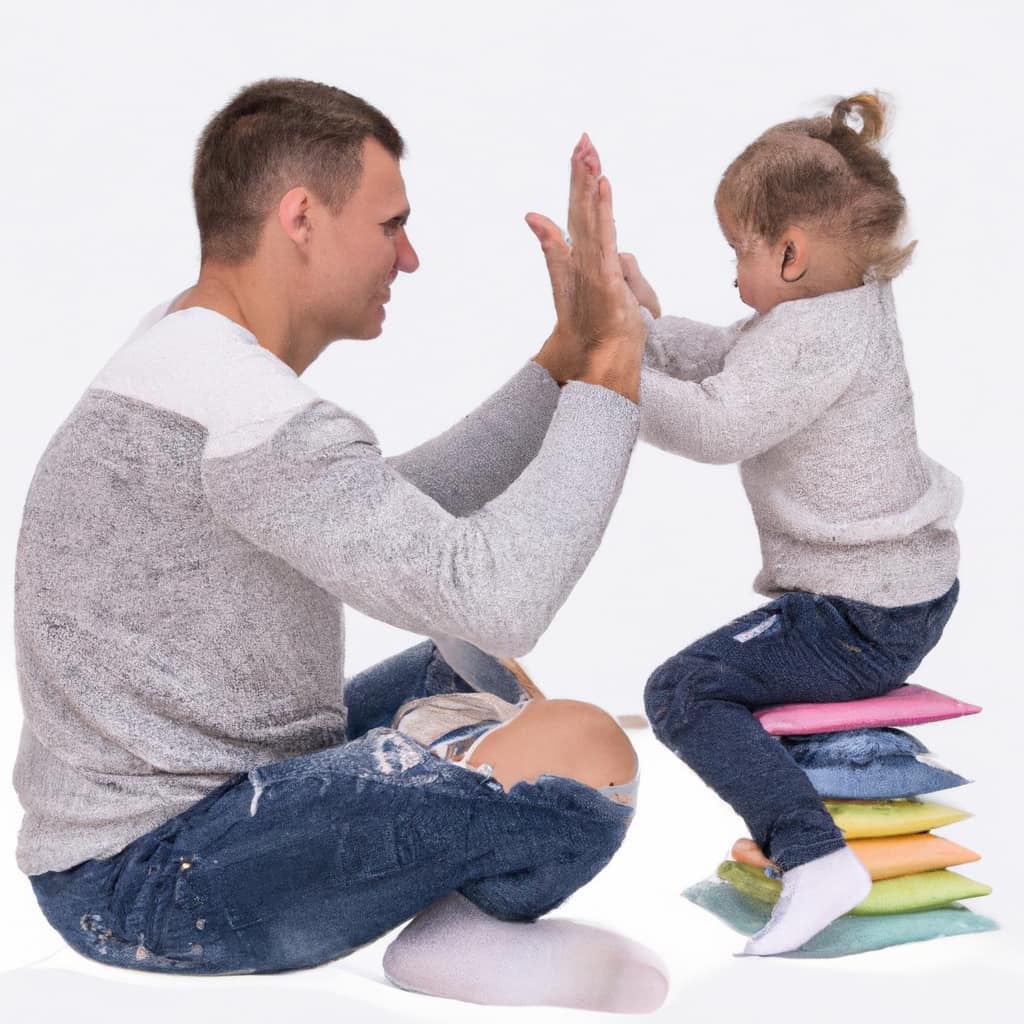
Here are some key points to keep in mind:
- Check for small parts or loose components that could pose a choking hazard.
- Look for toys that are specifically labeled as meeting safety regulations set by organizations like the U.S. Consumer Product Safety Commission.
- Avoid toys with small detachable parts that could easily be swallowed.
- Opt for toys that are designed with safety in mind, such as those with no sharp edges or small pieces that can break off.
U.S. Consumer Product Safety Commission Guidelines
Following the U.S. Consumer Product Safety Commission guidelines ensures the safety and well-being of young children when selecting toys. The importance of these guidelines lies in ensuring toy safety through regulatory standards.
The U.S. Consumer Product Safety Commission (CPSC) sets guidelines that manufacturers must adhere to in order to meet safety standards. These guidelines cover various aspects, such as age appropriateness, lead content, and small parts that could pose a choking hazard.
By implementing these guidelines, the CPSC aims to minimize the risk of accidents and injuries associated with toys. It is essential for parents and caregivers to be aware of these guidelines and to check if the toys they are considering purchasing comply with them.
Durability and Quality of Materials
Opt for toys made from sturdy materials like wood or durable plastic to ensure their durability and quality.
When choosing toys for preschoolers, it is important to consider the durability and quality of the materials used. Look for toys that have undergone durability testing to ensure they can withstand the rough play and handling of young children.
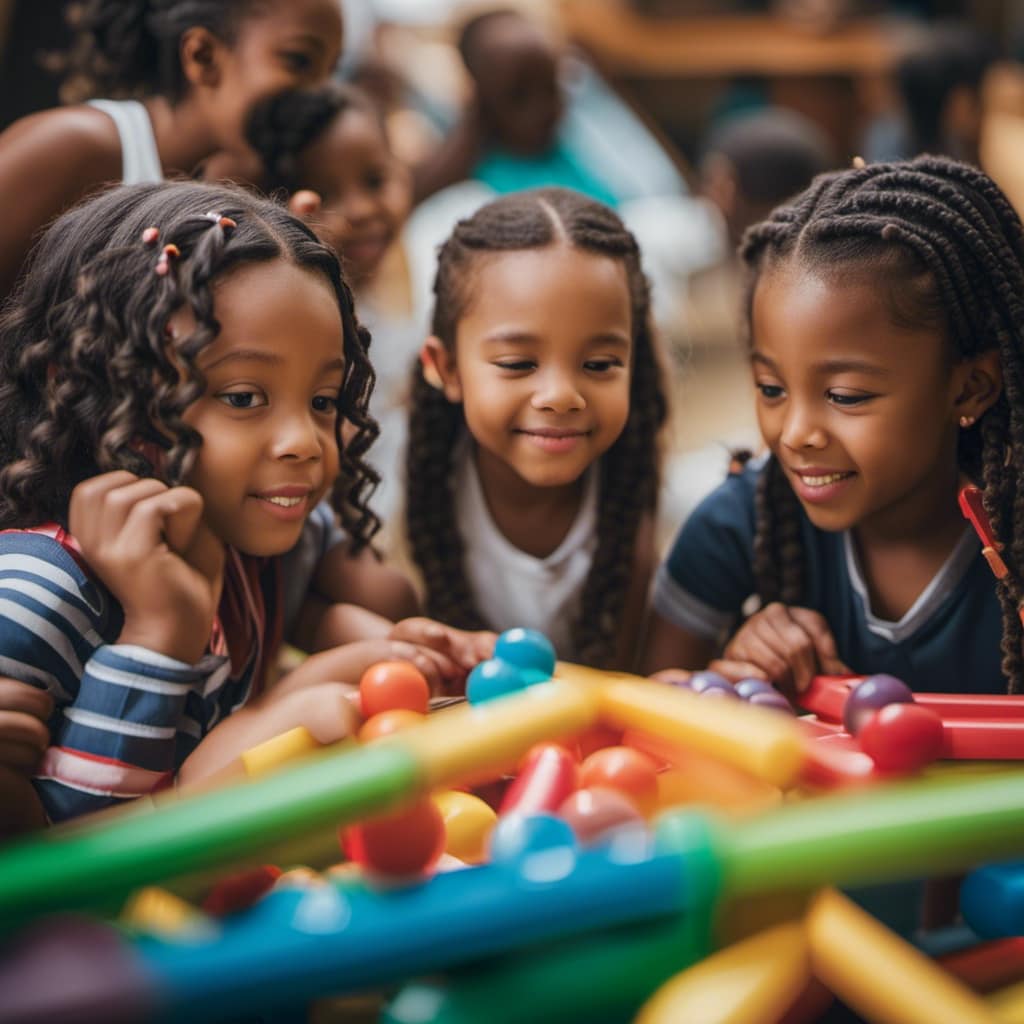
Additionally, prioritize material safety by selecting toys made from non-toxic materials that have been tested and certified. This will help ensure that the toys are safe for children to play with and minimize the risk of any harm.
Reputable Brands and Track Record of Safety
When it comes to choosing safe and educational toys for preschoolers, one important factor to consider is the reputation and track record of the brand. Reputable brands have built consumer trust by consistently producing safe and high-quality products. They understand the importance of adhering to safety certifications and regulations.
These brands often go the extra mile to ensure their toys are tested by third-party organizations and certified by reputable institutions. By selecting toys from these brands, parents can have peace of mind knowing that their child’s safety is a top priority.
Additionally, reputable brands are more likely to have a strong commitment to quality and durability, ensuring that the toys will withstand the wear and tear of preschooler play. When it comes to the safety and well-being of our little ones, choosing toys from reputable brands is a wise decision.
Educational and Developmental Benefits
I believe it’s important to consider the developmental milestones and age appropriateness of the toys I select for my child. When choosing toys, I prioritize those that offer educational and developmental benefits.
Here are some important factors to consider:

-
Fine Motor Skills: Choose toys that encourage the development of fine motor skills, such as puzzles or building blocks. These activities help strengthen hand muscles and improve coordination.
-
Problem Solving Abilities: Look for toys that promote problem-solving skills, like logic games or construction sets. These toys challenge children to think critically and find solutions.
-
Developmental Stage: Consider your child’s current developmental stage when selecting toys. Toys that align with their abilities and interests will provide the most beneficial learning experiences.
-
Sensory Stimulation: Toys that engage multiple senses, such as those with different textures or sounds, can enhance cognitive development and promote language and social skills.
Frequently Asked Questions
How Can I Ensure That the Toys I Choose for My Preschooler Are Safe and Non-Toxic?
I ensure the toys I choose for my preschooler are safe and non-toxic by looking for toy safety certifications and following tips for avoiding toxic toys. It’s important to prioritize their well-being.
Are There Any Specific Guidelines or Regulations That Toys Need to Meet in Order to Be Considered Safe for Preschoolers?
Toy safety regulations ensure that toys meet certain standards for safety and age appropriateness. It’s important to choose toys that comply with these regulations to ensure the well-being of preschoolers.
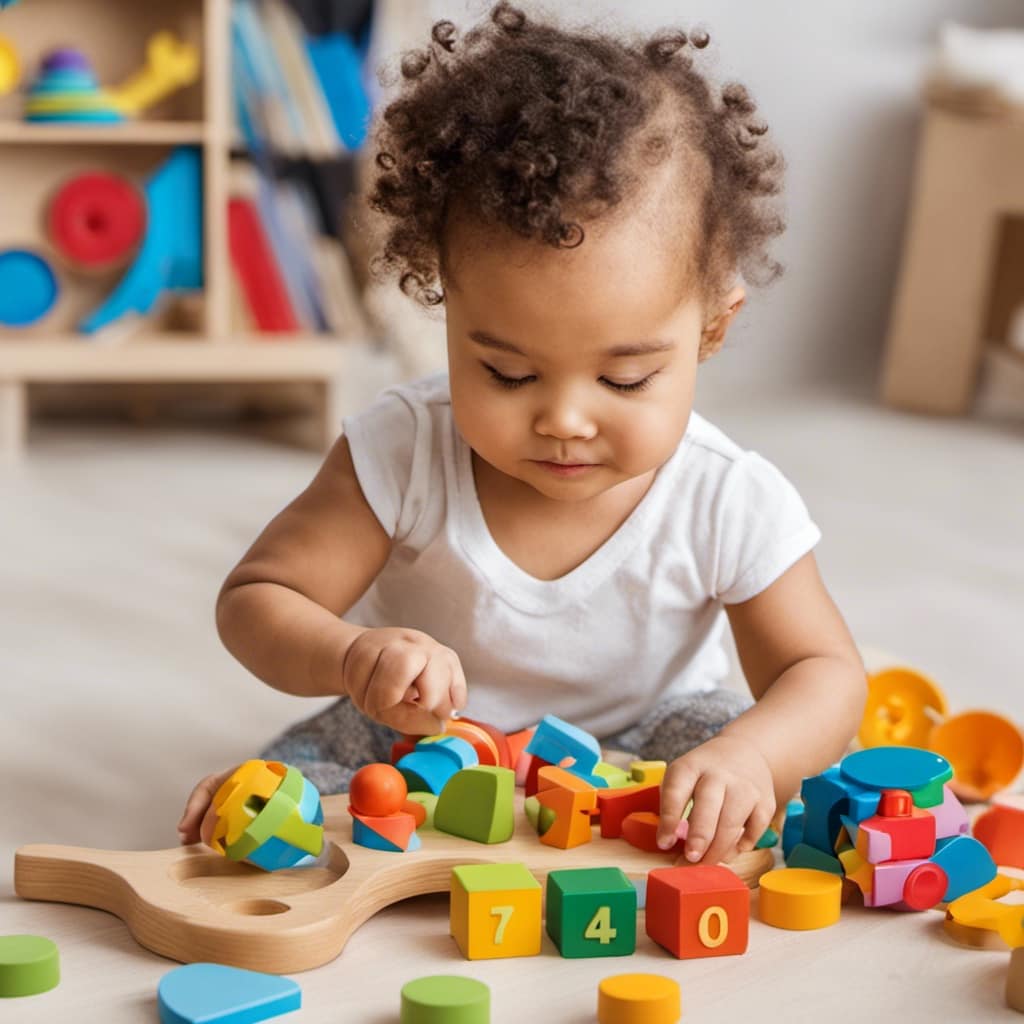
How Can I Determine if a Toy Is Durable and Made From High-Quality Materials?
To determine toy durability and evaluate material quality, I recommend checking for sturdy materials like wood or durable plastic. Avoid toys with small parts that can break off easily. Look for reputable brands known for safe, high-quality products.
Are There Any Reputable Brands That Are Known for Producing Safe and Educational Toys for Preschoolers?
There are many reputable brands that produce safe and educational toys for preschoolers. Choosing these toys benefits children by promoting their development, creativity, and problem-solving skills while ensuring their safety.
What Are Some Examples of Toys That Promote Problem-Solving and Critical Thinking Skills in Preschoolers?
Building blocks and puzzles are excellent toys for promoting problem-solving and critical thinking skills in preschoolers. They encourage creativity, spatial awareness, and logical thinking. These toys provide hands-on learning experiences that enhance cognitive development.
Conclusion
In conclusion, choosing safe and educational toys for preschoolers is a crucial task for parents and caregivers. By considering the child’s age and developmental stage, as well as seeking recommendations and reviews from trusted sources, we can ensure that the toys we choose are suitable for their needs.
It is also important to prioritize safety by selecting toys that comply with safety standards and are made from non-toxic materials. Additionally, choosing toys from reputable brands that have a track record of safety and durability is important.
One interesting statistic to note is that according to the U.S. Consumer Product Safety Commission, there were over 251,700 toy-related injuries treated in emergency departments in 2019. This highlights the importance of choosing toys that are safe and age-appropriate for preschoolers.
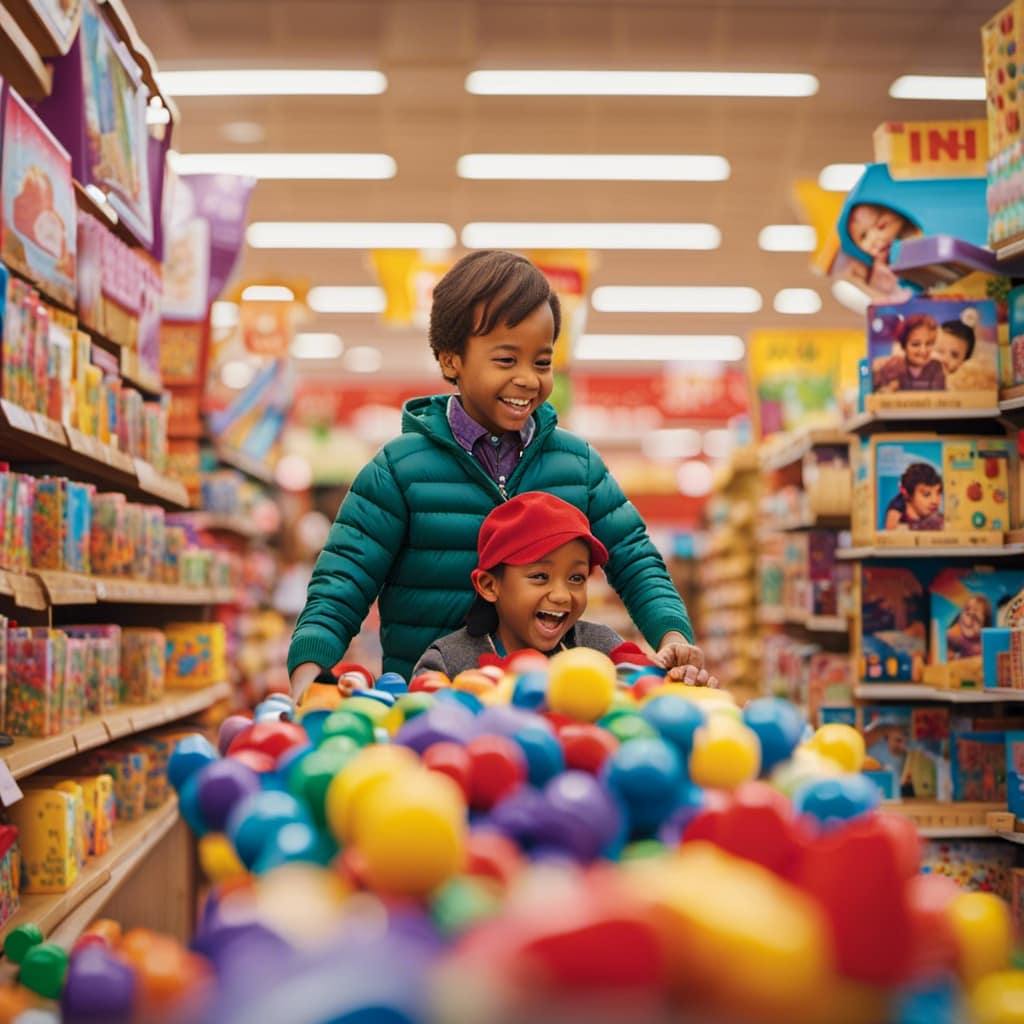
By selecting toys that have educational and developmental benefits, we can provide children with opportunities to learn and grow through play.
